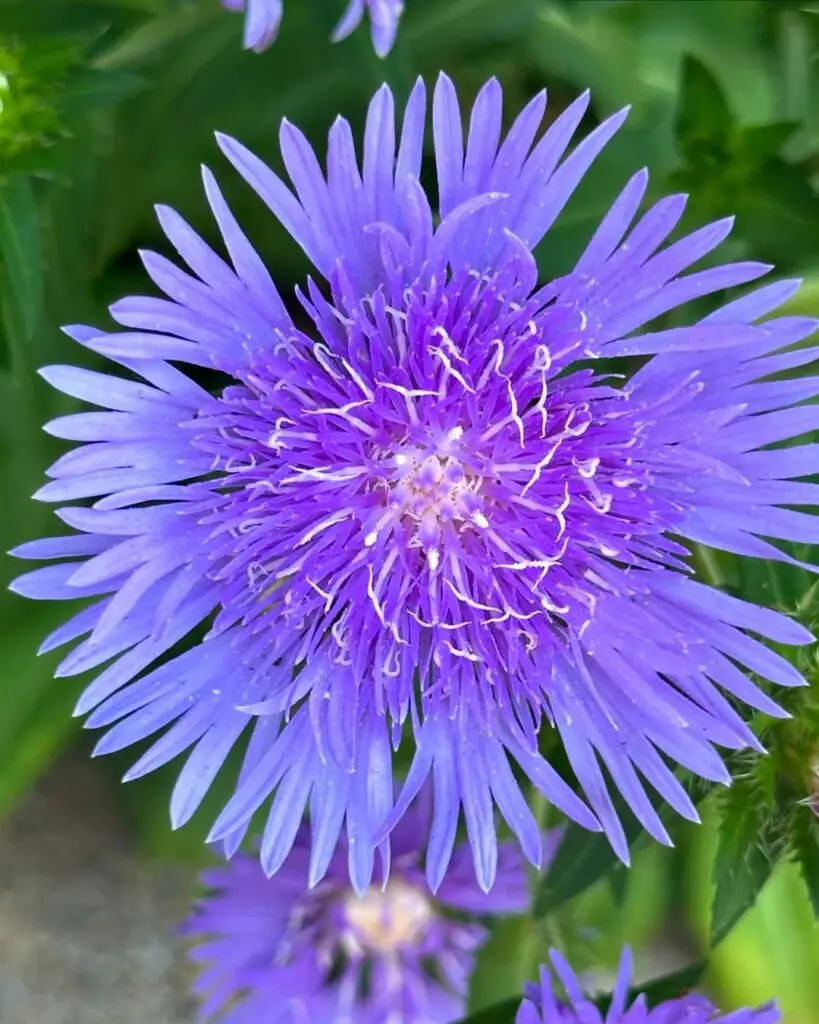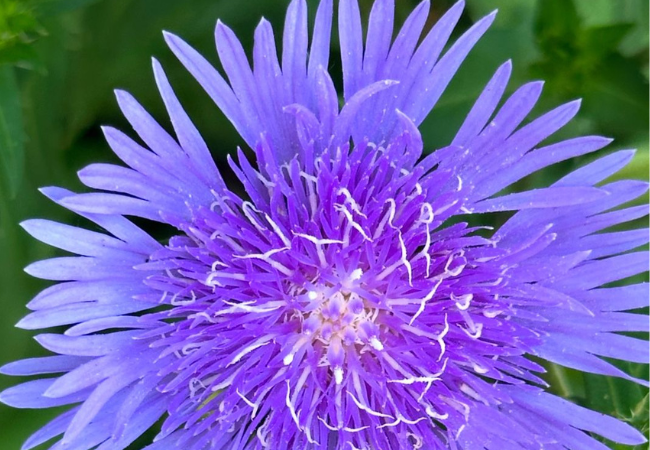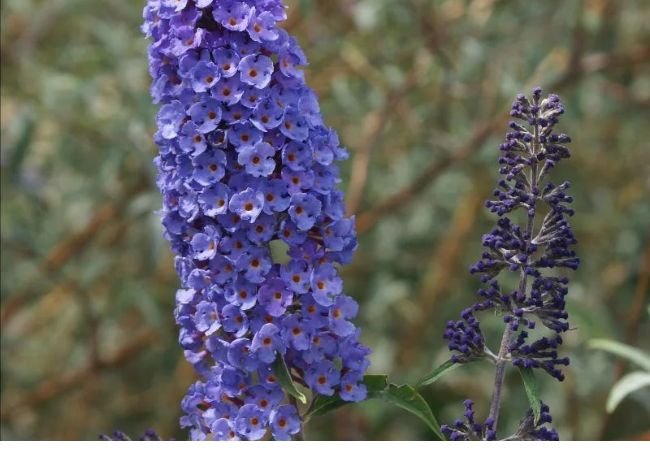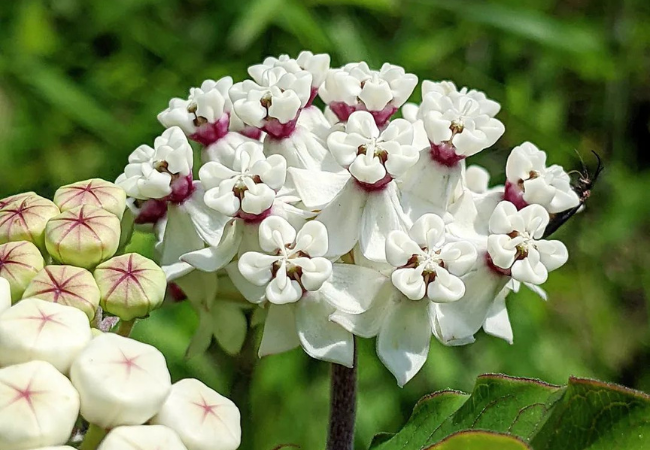Discover the beauty and versatility of Asters flowers. Learn how to grow, care for and enjoy these colorful blooms in your garden. Perfect for both beginners and experienced gardeners in the USA.
Have you ever seen those pretty, daisy-like flowers that bloom in late summer and fall? Those are probably Asters! Let’s talk about these colorful flowers that can brighten up your garden when other plants are fading.
Here’s an easy and verified chart for Asters:
| Category | Details |
|---|---|
| Botanical Name | Aster spp. |
| Common Name | Aster |
| Plant Type | Herbaceous perennial |
| Hardiness Zone | Zones 3-8 (depending on species) |
| Sun Exposure | Full sun to part shade |
| Soil Type | Well-draining, fertile soil |
| Watering Needs | Average; prefers consistently moist soil |
| Growth Habit | Upright, bushy |
| Height/Spread | 1-6 feet tall, spread of 1-3 feet |
| Special Features | Daisy-like flowers in various colors (purple, pink, blue, white); blooms in late summer to fall; attracts butterflies and bees; deer resistant |
What are Aster Flowers?

Asters are flowers that belong to the daisy family. Their name comes from the Greek word for “star,” which makes sense when you look at their shape. There are many types of Asters and they come in lots of different colors.
How Asters Look
- Flowers: They have a center disk surrounded by petals, like a daisy.
- Colors: You can find Asters in purple, pink, blue, and white.
- Leaves: Usually small and narrow.
- Height: Depends on the type, but usually between 1 to 6 feet tall.
Where Asters Grow
Asters are native to North America and Europe. In the USA, they can grow in many places, especially in USDA hardiness zones 3-8. This means they can handle different types of weather, from cold winters to warm summers.
Why Plant Asters?
Asters are great for gardens for many reasons:
- Fall Color: They bloom when many other flowers are done for the year.
- Pollinator Attraction: Bees and butterflies love Asters.
- Easy to Grow: They don’t need a lot of special care.
- Variety: With so many types, you can find Asters for different garden styles.
How to Grow Asters
Growing Asters is pretty easy. Here’s what you need to know:
- Sunlight: Most Asters like full sun, but some can handle partial shade.
- Soil: They like soil that drains well and has some organic matter.
- Water: Water regularly, especially when they’re first planted.
- Planting: You can plant Asters in spring or fall.
Taking Care of Your Asters
Asters don’t need a lot of care, but here are some tips:
- Water when the soil feels dry, especially during hot, dry weather.
- Pinch back the stems in early summer to make the plants bushier.
- Divide the plants every few years to keep them healthy.
Types of Asters to Try
There are many types of Asters. Here are a few popular ones:
- New England Aster (Symphyotrichum novae-angliae): Tall with purple or pink flowers.
- New York Aster (Symphyotrichum novi-belgii): Comes in many colors and sizes.
- Wood’s Aster (Symphyotrichum ‘Wood’s’): Short and compact, good for small gardens.
Fun Facts About Asters
- Asters are the birth flower for September.
- In some cultures, Asters symbolize love and patience.
- The ancient Greeks used to burn Aster leaves to keep away evil spirits.
Potential Problems
While Asters are generally easy to grow, watch out for:
- Powdery Mildew: A fungus that can grow on the leaves.
- Aphids: Small insects that can damage the plants.
- Overcrowding: Make sure to give your Asters enough space to grow.
Using Asters in Your Garden
Here are some ideas for using Asters in your garden:
- Fall Garden: Plant them with other fall-blooming flowers for a colorful display.
- Cottage Garden: Asters fit well in informal, mixed flower gardens.
- Cut Flowers: They look great in bouquets and can last about a week in a vase.
- Wildlife Garden: Plant them to attract butterflies and bees.
Asters are wonderful flowers that can add color and life to your garden in the late summer and fall. They’re easy to grow, come in many colors and are great for attracting pollinators. Whether you’re new to gardening or have been doing it for years, Asters can be a great addition to your outdoor space.
Remember, gardening is about enjoying nature and creating beauty around you. Why not try planting some Asters this year? You might be surprised at how much joy these star-shaped flowers can bring to your garden!
For more gardening tips and plant care guides, visit usagardenhub.com.







One comment on “Asters : Bringing Fall Colors to Your Garden”